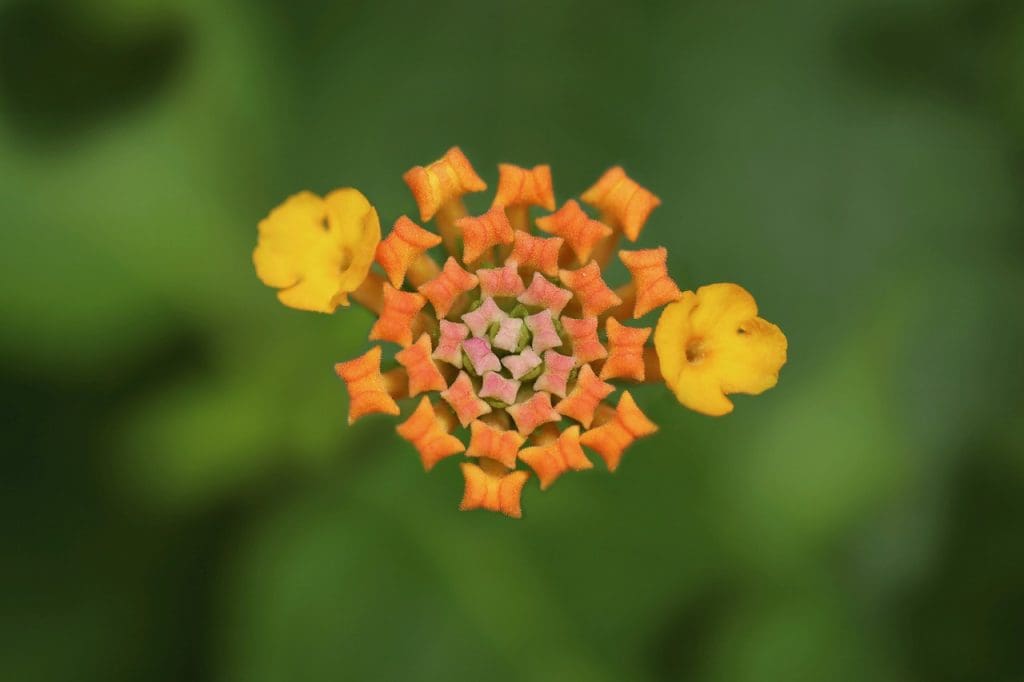Have you ever wondered about the invasive nature of alligator weed and how it impacts ecosystems? With its rapid growth and ability to adapt to various environments, alligator weed poses significant challenges to both natural habitats and human activities. This article delves into the latest research on this troublesome plant, offering comprehensive insights into its invasive nature, effects, and control measures.

What is Alligator Weed?
Alligator weed (Alternanthera philoxeroides) is a perennial aquatic plant native to South America. However, due to human activities such as trade and travel, it has spread to many other parts of the world. Notable for its bright green leaves and small white flowers, alligator weed can thrive in a variety of environments, including wetlands, lakes, rivers, and even terrestrial areas. While it might seem harmless at first glance, its ability to grow at an astonishing rate makes it a formidable invasive species.
Identifying Features
Being able to identify alligator weed is crucial for effective management. Here are some key characteristics to help you recognize it:
| Feature | Description |
|---|---|
| Leaves | Bright green, elliptical, opposite leaf arrangement |
| Stems | Hollow, capable of floating in water |
| Flowers | Small, white, clover-like inflorescences |
| Root System | Extensive, can form dense mats |
Recognizing these features can aid in the early detection and management of alligator weed before it becomes a larger issue.
Impact on Ecosystems
Alligator weed is notorious for its ability to outcompete native plants and disrupt natural ecosystems. Once established, it can form dense mats on the water’s surface, significantly affecting aquatic life. Here’s how:
Aquatic Ecosystems
In aquatic environments, alligator weed can obstruct waterways, impede water flow, and limit light penetration. This has detrimental effects on native plant species and aquatic animals. Fish, in particular, suffer as the oxygen levels in the water decrease, making the habitat less suitable for their survival.
Terrestrial Ecosystems
While alligator weed prefers aquatic settings, it can also invade terrestrial landscapes. In these areas, it competes with local vegetation for nutrients, sunlight, and space. This can lead to the displacement of native plants, reducing biodiversity and altering the ecosystem’s balance.
Economic Impact
The economic ramifications of alligator weed infestations are also noteworthy. In agriculture, it can overrun crop fields, leading to decreased yields and increased costs for weed management. Additionally, its presence in waterways can affect irrigation systems, raising maintenance costs and reducing water availability.
Latest Research Findings
Scientists and researchers continually study alligator weed to find effective control measures and understand its ecological impact. Here are some of the latest findings:
Genetic Studies
Recent genetic studies have provided new insights into the weed’s adaptability. Researchers have discovered that alligator weed possesses a high level of genetic diversity, which allows it to thrive in varied environmental conditions. This genetic variability makes it particularly challenging to control using conventional methods.
Biological Control
Biological control involves using natural predators or pathogens to manage pest populations. Recent advancements have identified several promising biological control agents for alligator weed, such as the alligator weed flea beetle (Agasicles hygrophila) and the alligator weed thrips (Amynothrips andersoni). These insects specifically target alligator weed, reducing its growth and spread without harming native plants.
Chemical Control
Herbicides remain a common control method, but their use is often limited due to environmental concerns. Recent studies have focused on finding environmentally friendly herbicides that effectively target alligator weed. Some have shown promising results, offering a potential solution that minimizes ecological impact.
Integrated Management Approaches
Combining various control methods, known as integrated management, has proven to be the most effective strategy. Recent research emphasizes the importance of an integrated approach, combining mechanical, biological, and chemical methods to achieve sustainable control of alligator weed.
Control and Management Strategies
Effectively managing alligator weed requires a multi-faceted approach. Below are some widely adopted strategies:
Mechanical Control
Mechanical control involves physically removing or destroying the weed. This method can be effective but is labor-intensive and often only provides temporary relief.
Methods of Mechanical Control
| Method | Description |
|---|---|
| Hand-Pulling | Manually removing plants by the root |
| Cutting and Mowing | Reducing plant biomass, often combined with herbicide treatment |
| Water-Level Management | Lowering water levels to expose and kill the weed |
Biological Control
As mentioned earlier, biological control utilizes natural predators. Introducing alligator weed flea beetles and thrips can help suppress the weed’s growth. However, this method requires careful monitoring to ensure that these agents do not negatively impact non-target species.
Chemical Control
When opting for chemical control, it’s essential to use environmentally safe herbicides and follow proper application guidelines. Products containing glyphosate and imazapyr have shown effectiveness against alligator weed but must be used cautiously to minimize ecological damage.
Integrated Management
Integrated management combines mechanical, biological, and chemical methods. This approach is widely recommended because it addresses the weed from multiple angles, reducing the likelihood of resistance development and ensuring more sustainable control.

Case Studies
Examining real-world examples can provide valuable insights into successful management practices. Here are a couple of notable case studies:
Case Study 1: Florida Wetlands
In the Florida wetlands, alligator weed infestations were threatening native aquatic plants and disrupting local fisheries. An integrated management plan was implemented, combining mechanical removal, the introduction of alligator weed flea beetles, and selective herbicide application. Over two years, the weed’s coverage was reduced by 80%, restoring the wetland’s ecological balance.
Case Study 2: Australian Waterways
Australia has faced significant challenges with alligator weed in its waterways. A combination of biological control using thrips and strategic herbicide applications was adopted. This approach led to a substantial decline in alligator weed populations, improving water quality and benefiting native aquatic species.
Public Awareness and Education
Raising public awareness about the invasive nature of alligator weed is crucial for its management. Educating communities on how to identify and report infestations can significantly aid in early detection and control efforts.
Community Involvement
Engaging local communities in management efforts can be highly effective. Community-based programs where volunteers participate in monitoring and removing alligator weed can enhance the success of control measures. Educational workshops and informational campaigns can also play a pivotal role in spreading awareness.
Policy and Regulation
Governments and regulatory bodies need to establish and enforce policies to prevent the spread of alligator weed. This can include measures such as restrictions on the transport and sale of contaminated soil and aquatic plants, as well as guidelines for the disposal of garden waste.

Future Research Directions
Despite significant progress, ongoing research is essential to develop more effective control strategies and understand alligator weed’s long-term ecological impact. Some promising future research directions include:
Genetic Resistance
Investigating the genetic factors that contribute to alligator weed’s resistance to various control methods could lead to more targeted and efficient management strategies.
Climate Change Impacts
Understanding how climate change may affect the growth and spread of alligator weed is crucial. Predictive models can help in planning and implementing timely control measures.
Enhanced Biological Controls
Researching new biological control agents and improving the efficacy of existing ones can provide more sustainable and environmentally friendly management options.
Conclusion
Understanding the invasive nature of alligator weed involves recognizing its impact on ecosystems, examining the latest research findings, and adopting effective control measures. Combining mechanical, biological, and chemical methods through integrated management offers the best chance for sustainable control. Moreover, public awareness, community involvement, and regulatory policies play pivotal roles in preventing the spread and mitigating the effects of this invasive plant.
Staying informed about ongoing research and future directions will help you and your community better manage and protect natural habitats from alligator weed invasions. With concerted efforts, it is possible to mitigate the harmful impact of this invasive species and preserve the health of our ecosystems.

